By Tommy Clarkson from the May 2015 Edition
Buccaneer Palm, (Psuedophoenix Sargentii)
Family: Eugenia
Also known as: Cherry palm and Sargent’s cherry palm
Origin: South Florida, Saona Island near Hispaniola, the Bahamas, Belize, Cuba, Dominica, Navassa and the Caribbean coast of Mexico
Once found in abundance in the upper Florida Keys the slow growing Buccaneer Palm is now considered as endangered in Florida. That coupled with the fact that it takes nurseries no little time to grow them, hence making them, often, somewhat expensive – may make them a bit difficult to find.
But wherever located, it’s interesting to see that no two Buccaneers look alike. Their pinnate fronds are colored from light green, through green, past blue green to completely silver! The swollen trunks of the mature specimens also vary in shape with the subspecies P. saonae developing a heavier trunk than P. sargentii. (The latter part of this Latin name being an honorific for Charles S. Sargent, the original collector of the species.)
As may be noted by the accompanying picture, the fronds particularly when young stretch out and spread in a flat, fan-shaped pattern, looking quite similar to a small blue-green Traveler’s Palm. Specimens found in their natural environs may, ultimately, grow to a height of 25 feet (7.6 meters) with a trunk one foot (30.5 cm) in diameter. However, for those “in captivity” one should anticipate not much more than ten feet (three meters) or so.
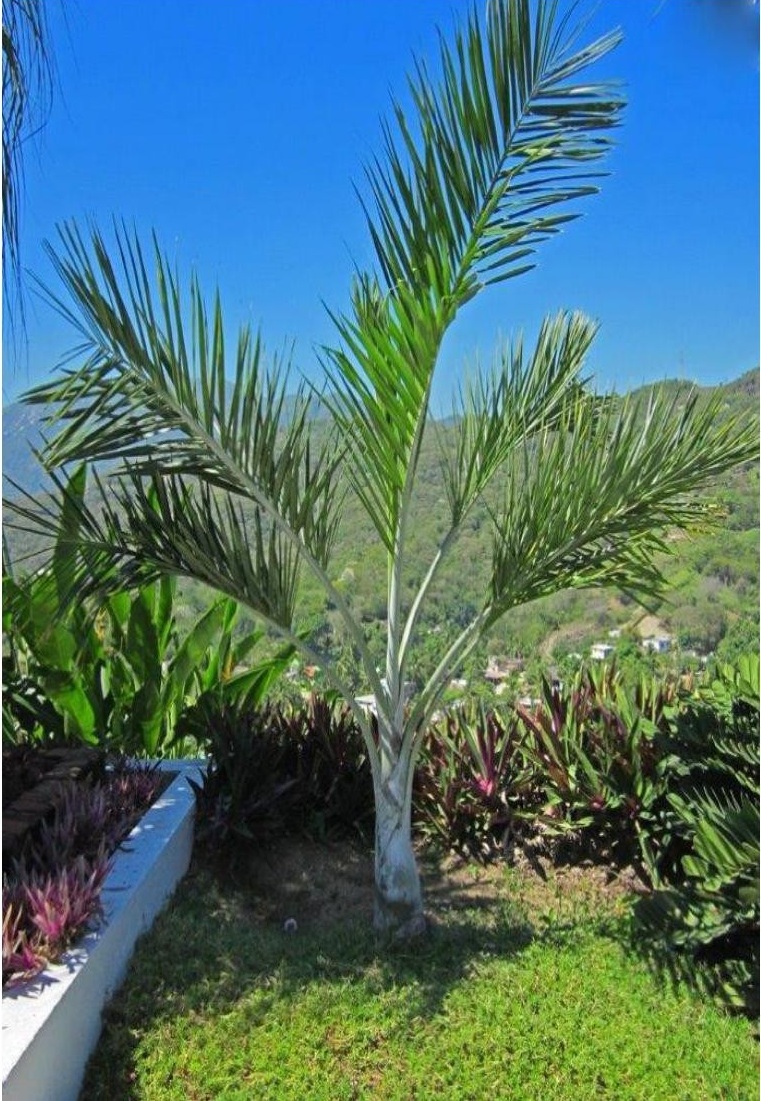
Buccaneer Palms are single trunked and they are slender to moderately stout with a short crown-shaft and between eight to twelve stiff fronds. On these fronds are leaflets that grow from the rachis at a slight angle in a shallow V-shape form. The trunk is often irregularly shaped, sometimes wider at the base with closely spaced ring scars and, on older palms, no dead leaf bases. As the palm matures, the trunk’s color changes from a light to dark gray on its older portions.
The erect and many-branched inflorescence is a bit of a bee magnet growing from among the leaves as opposed to beneath the shaft – as is so often the case with most crown-shafted palms. The numerous small greenishyellow flowers are generally bisexual or with separate male and female flowers and can occur year round. They’re followed by many green drupes each holding one seed which ripen to a bright red.
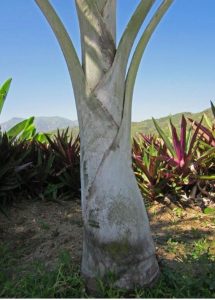
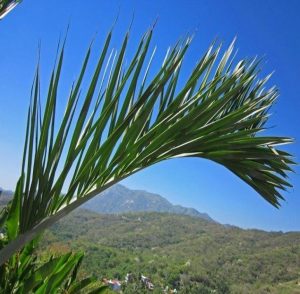
(Want your own family of Buccaneers? Its seeds are easily germinated. Simply remove the outer pulp and dry them for five to seven days, then soak them in water for two days, followed by planting them no deeper than 1/2 inch (1.27 cm). As a rule, they will germinate in six to eight weeks.)
Unlike so many of its kin in the Arecaceae family, the Psuedophoenix Sargentii does grow well, albeit sometimes seeming at a snail’s pace, in hot regions that suffer with erratic rainfall and have only limey soils. Some other positive aspects of the Buccaneer Palm are that it is virtually pest free and highly wind and salt tolerant – making it ideal for warm, seaside locales. And, with this propensity for sandy soil, it is not necessary to add anything to the soil when planting!
Wherever planted, it can take full sun to partial shade but would prefer some shade, particularly so when young. The greater the shade, the longer the fronds will grow, thus explaining that their lengths can vary from as short as four feet (1.2 meters) to as long as ten (three meters). When young (a “Buccaneerette?) you may find it necessary to prune an occasional frond. However, in maturity, it becomes a self-cleaner . . . just as we hope our children will, but sometimes worry! Don’t bother adding soil amendments when you plant, since these hardy Buccaneers are comfortable in sandy soil. (However, like all palms, it will still appreciate fertilization in the spring, summer and fall.)
So how might they best be used around your home, yard and garden? Here are some suggestions: as a focal point specimen; lining an entry walkway, garden path or driveway, by the pool, deck or on the patio in a large planter (in such the fronds tend to be shorter) or along the side of your house. However, if you’re planting Buccaneers in a line along a wall or drive make sure you allow ten feet (three meters) between the palms and to ensure you won’t bump up into eaves, plant them three feet or more away from your house.
All said, they are a nice palm that you will enjoy.
For back issues of “Roots”, gardening tips, tropical plant book reviews and videos of numerous, highly unique eco/ adventure/ nature tours, as well as memorable “Ultimate Experiences” such a Tropical Garden Brunches. Visit us at..
Download the full edition or view it online
—
Tommy Clarkson is a bit of a renaissance man. He’s lived and worked in locales as disparate as the 1.2 square mile island of Kwajalein to war-torn Iraq, from aboard he and Patty’s boat berthed out of Sea Bright, NJ to Thailand, Germany, Hawaii and Viet Nam; He’s taught classes and courses on creative writing and mass communications from the elementary grades to graduate level; He’s spoken to a wide array of meetings, conferences and assemblages on topics as varied as Buddhism, strategic marketing and tropical plants; In the latter category he and Patty’s recently book, “The Civilized Jungle” – written for the lay gardener – has been heralded as “the best tropical plant book in the last ten years”; And, according to Trip Advisor, their spectacular tropical creation – Ola Brisa Gardens – is the “Number One Tour destination in Manzanillo”.


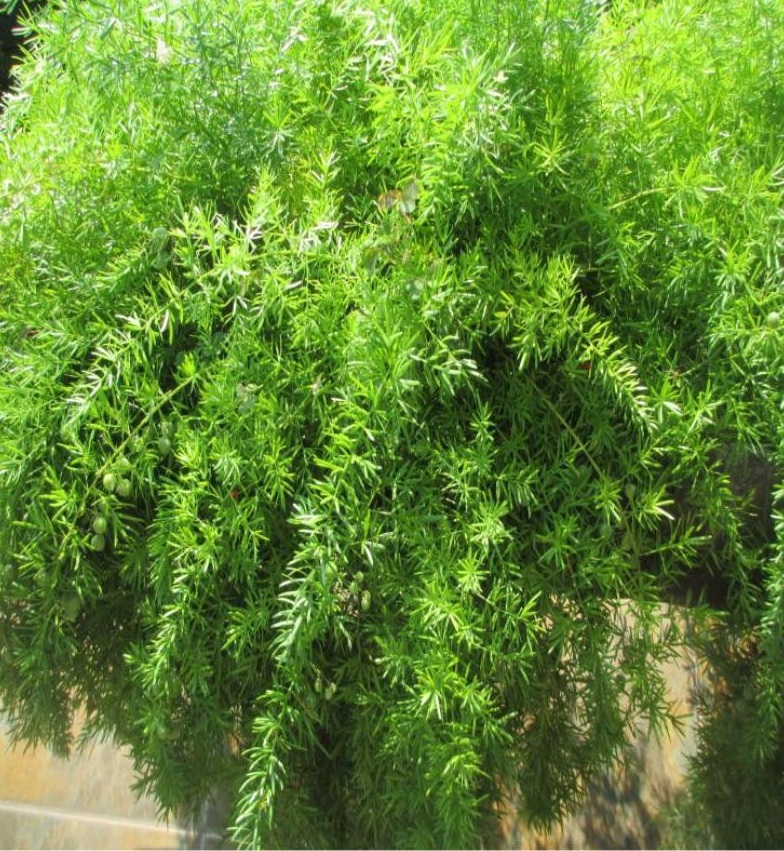
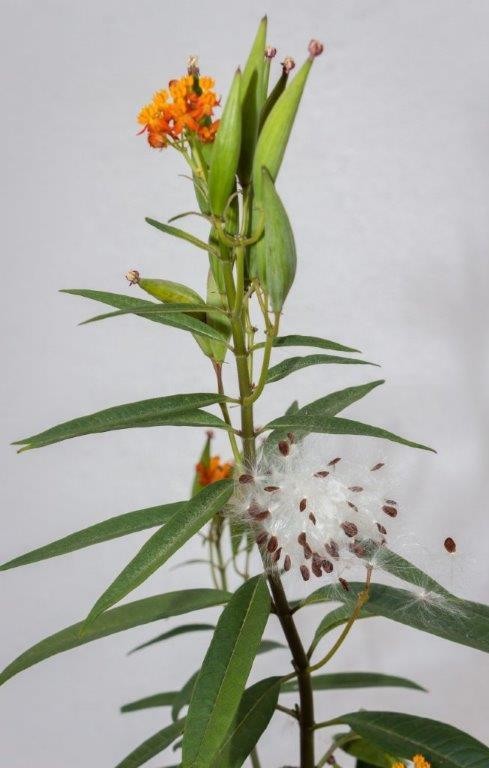
You must be logged in to post a comment.